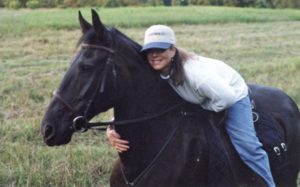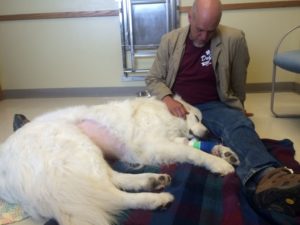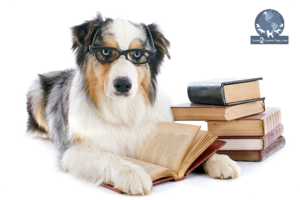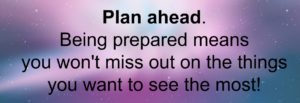It’s a day like any other when you get a phone call from a client:
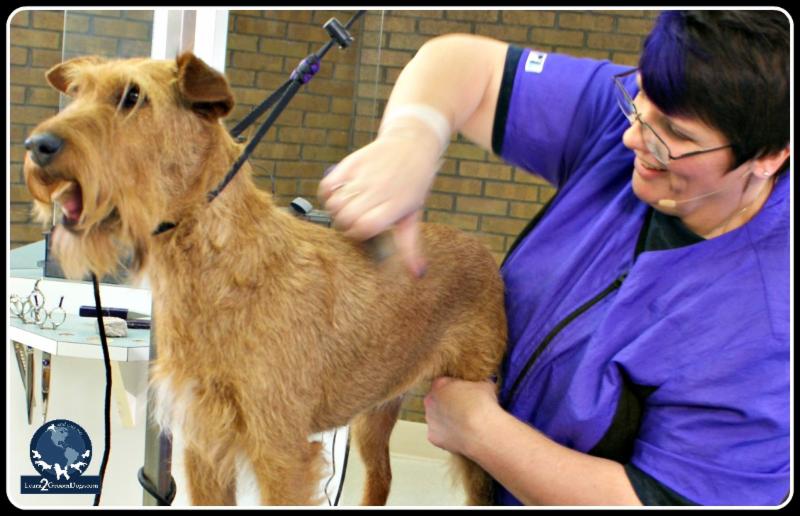 “I have a (insert breed here). Do you know how to groom them correctly?”
“I have a (insert breed here). Do you know how to groom them correctly?”
Um…
You’ve never groomed this breed before. In fact, the closest you’ve come to one is seeing it at a dog show. Maybe you’ve never even heard or seen the breed before.
“Why yes, Mrs. Jones, we certainly can make your Bedlington look like a Bedlington!” you say confidently as you book the appointment for the following day.
You hang up the phone and reality sets in. You’ve never seen this type of dog cross your grooming table. You don’t have a clue how to actually groom it correctly. What do you do?
The first thing I would tell you is – don’t panic!
Here are three core strategies you need to groom any breed of dog.
- Have strong technical skills. If your clipping, guard comb work, scissoring, blending, and basic hand stripping skills are good, you should be able handle this without much of a problem.
- Have a solid understanding of canine anatomy. If you understand how bones and muscles create a sound dog, it becomes even easier.
- Know how to translate a breed standard. If you can interpret the written breed standard into a visual, you’re golden.
So what is your next step? How are you going to be confident when that client walks in the door tomorrow?
Your next step is to look up the breed in reference books. If you have an American Kennel Club (AKC) Complete Dog Book (or a similar book from your country), start there. This will give you the official breed standard. Review the breed profile. Read about the history of the dog to gather clues about the dog. After a quick scan, you I have a good idea of the size, temperament, and structure of this new dog. Most books will also have photos that accompany each breed. If you don’t have an official breed standard book handy, you can always look it up online.
Once you have become familiar with the breed itself, take a look at your grooming books. Review the instructions. Compare the instructions to what you have read and saw in the breed standard.
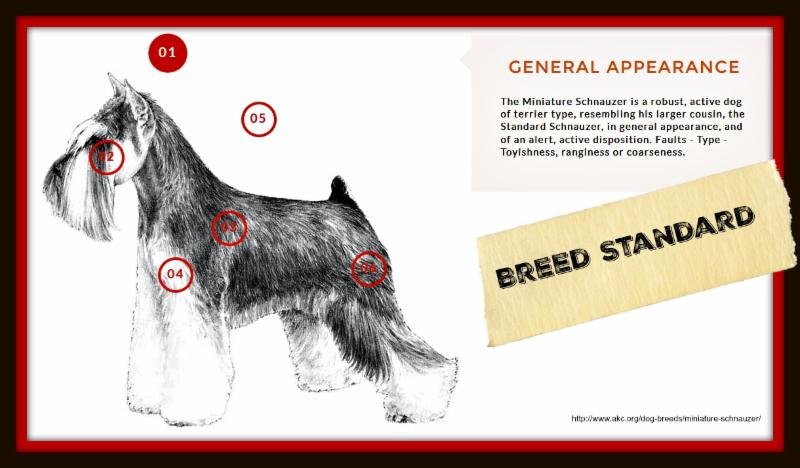 The Internet is an invaluable research tool. Use it wisely. Most breeds will have a parent club that hosts an official site for the breed. Spend a few minutes reviewing images of top winning dogs in their galleries. With a little luck, you may even find grooming directions or links to grooming directions from dedicated breeders.
The Internet is an invaluable research tool. Use it wisely. Most breeds will have a parent club that hosts an official site for the breed. Spend a few minutes reviewing images of top winning dogs in their galleries. With a little luck, you may even find grooming directions or links to grooming directions from dedicated breeders.
As groomers and stylists, we are a visual bunch. “A picture is worth a thousand words.” This is so true for us. I love to do Google image searches of breeds I’m not familiar with. Here’s a tip to finding good images. When you enter terms in the search bar, add keywords like: AKC Champion Bedlington Terrier or UKC Champion Fresian Water Dog. There is a big difference if you type into your search engine, “images of Miniature Schnauzers” verses “images of AKC Champion Miniature Schnauzers.” You will pull up a WIDE assortment of images. Some will be great. Others not so great. Some will be worthless. And others will be totally off the mark. You need to have enough knowledge to filter through the images, finding the best images to suit your needs.
Use a little caution when looking up information online. Always remember – not everything posted on the internet is correct or presents the best image of a breed. Make sure you use all your resources to gather the most accurate information possible.
 Watching videos on the breed in question is also a great option. Again, a word of caution – not every “how to video” on the internet will be beneficial. Today, anyone can post a video online. Unfortunately, there is a lot of poor quality grooming being featured – especially if it is free. Go to trusted sources like Learn2GroomDogs.com that are truly qualified to demonstrate how to groom a particular breed.
Watching videos on the breed in question is also a great option. Again, a word of caution – not every “how to video” on the internet will be beneficial. Today, anyone can post a video online. Unfortunately, there is a lot of poor quality grooming being featured – especially if it is free. Go to trusted sources like Learn2GroomDogs.com that are truly qualified to demonstrate how to groom a particular breed.
Yes, you need to do a little research. Will it require a little effort? Yep.
However, if you have those three nuggets of knowledge, you will have the foundation skills to groom any breed.
- strong technical skills
- solid comprehension of canine anatomy
- ability to interpret the breed standard
With those 3 skills, you can groom any breed of dog that comes your way.
If you are a newer stylist or just don’t have the time to do all the research, there is a shortcut. Notes From the Grooming Table will allow you to fast track your knowledge. Simply grab the book and turn to the breed you have a question about. We are just about to release the fully updated Second Edition of Notes From the Grooming Table. Keep your eyes open for how to get this revised edition – announcements on how to get yours will be available soon.
 As pet groomers and stylists, we get to see plenty of dogs. It’s rare and exciting to get a breed you are not familiar with. Most of us pros enjoy the challenge of learning about a new breed. Figuring out what we will need to do to make the dog look like it should – or could – look like if the owners allow you to groom it correctly.
As pet groomers and stylists, we get to see plenty of dogs. It’s rare and exciting to get a breed you are not familiar with. Most of us pros enjoy the challenge of learning about a new breed. Figuring out what we will need to do to make the dog look like it should – or could – look like if the owners allow you to groom it correctly.
I know, I know… many owners just want the hair shaved off once they walk through your door. Or the dog is in such poor condition, the only humane option is to shave the coat off and start over. That’s always a disappointment once you’ve put in effort to educate yourself. Hopefully, the new client motivated you to learn few new things you can add to your knowledge toolbox even if you didn’t get to execute the trim!
Happy Trimming!
~ Melissa
P.S.
Did these tricks help? Go online and tell us what you think on the Learn2GroomDogs Facebook page.


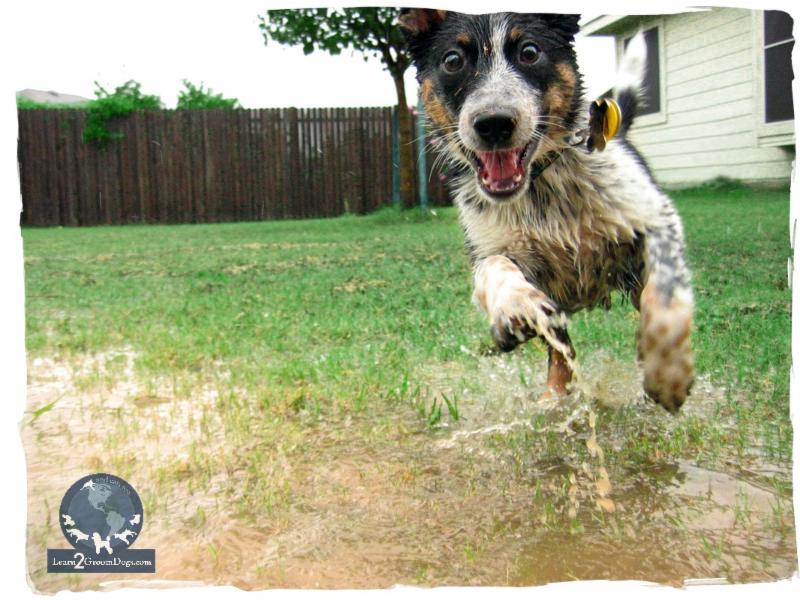

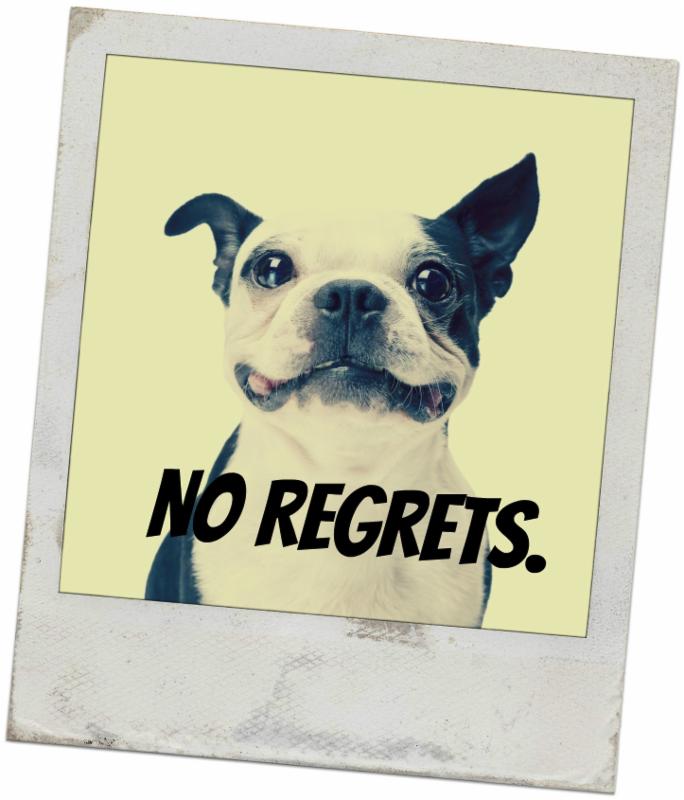
 Let’s take a little poll:
Let’s take a little poll: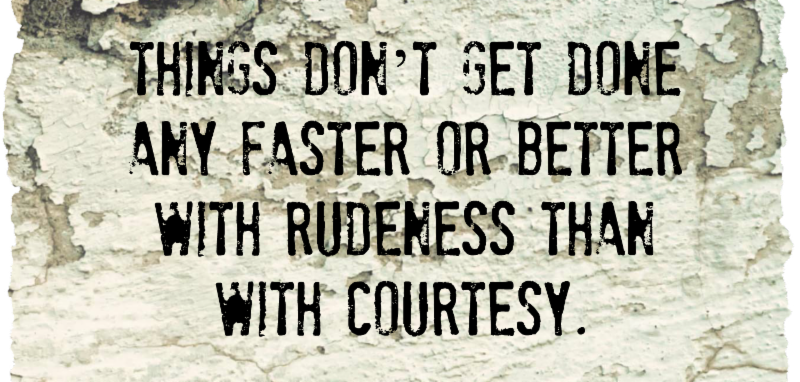 “I’ve grown a lot by working here.”
“I’ve grown a lot by working here.”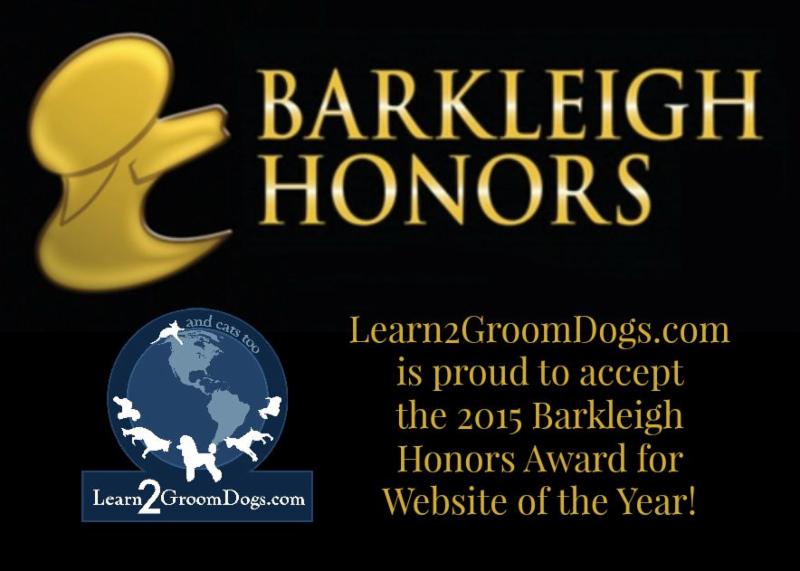 I knew video content brought clarity to the learning process. We had seen it ourselves with our training program at the
I knew video content brought clarity to the learning process. We had seen it ourselves with our training program at the 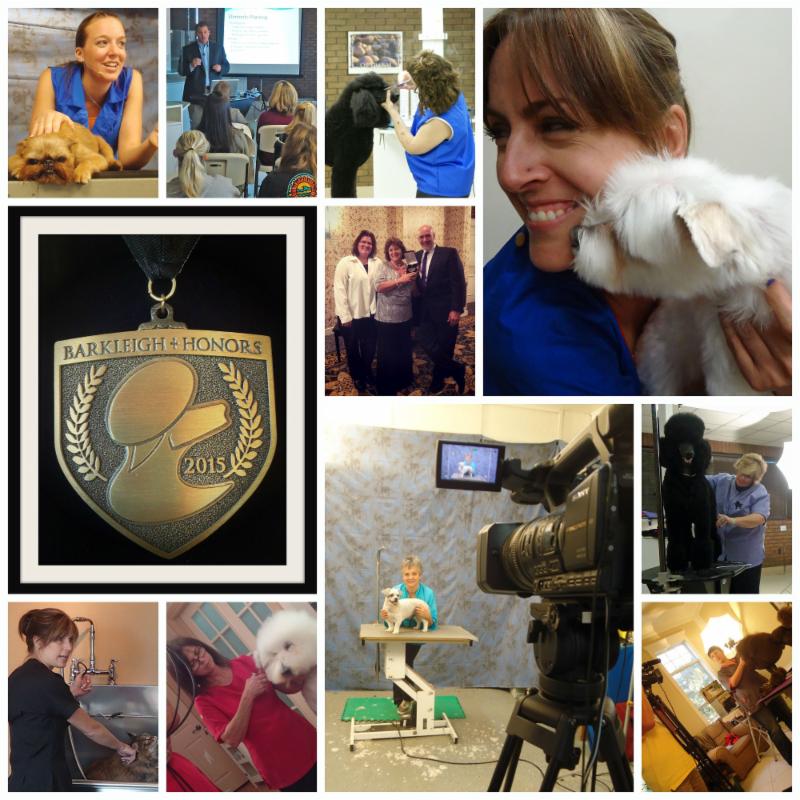 My jaw dropped. I knew I had found my answer.
My jaw dropped. I knew I had found my answer. Marc LaFleur: Co-Founder, Assistant Educational Resource Director, Film Director & Cameraman
Marc LaFleur: Co-Founder, Assistant Educational Resource Director, Film Director & Cameraman
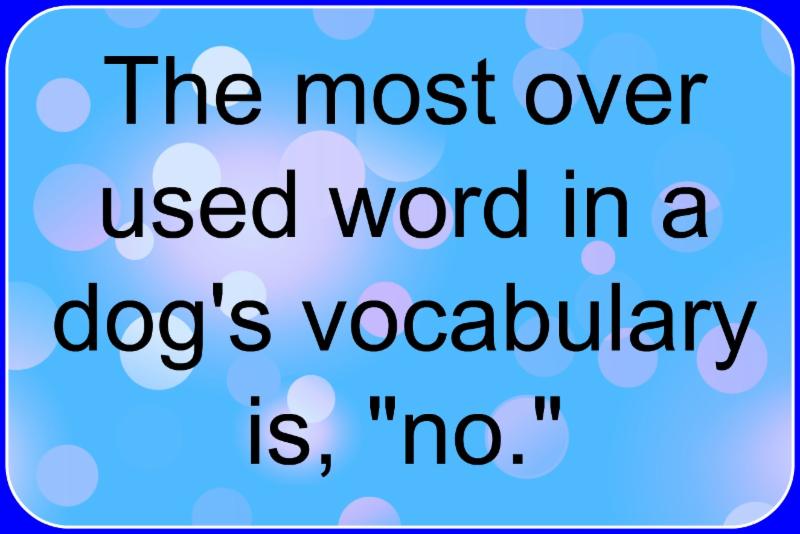 On leash, keep mild tension on the lead. Not so much that you are choking the dog, but enough so that you can control the pet. Once you know the pet, you will probably be able to relax the lead tension if they are mild-mannered and well-behaved. Adjust the tension of the grooming loop so that there is a very slight amount of slack when the dog is standing comfortably.
On leash, keep mild tension on the lead. Not so much that you are choking the dog, but enough so that you can control the pet. Once you know the pet, you will probably be able to relax the lead tension if they are mild-mannered and well-behaved. Adjust the tension of the grooming loop so that there is a very slight amount of slack when the dog is standing comfortably.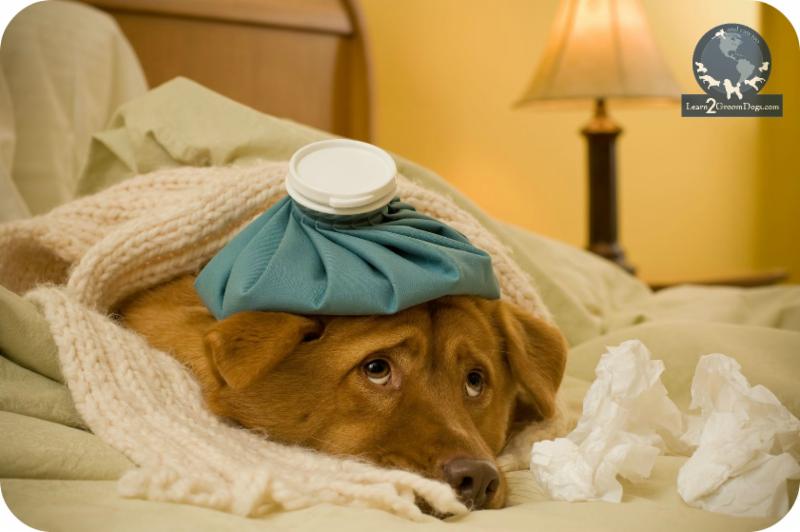 If you’ve been watching the news lately, you have probably heard about the newest illness threatening our pets. Canine influenza (CI), or dog flu, is a highly contagious infection that can have serious implications not only for our pets, but for your business and our industry.
If you’ve been watching the news lately, you have probably heard about the newest illness threatening our pets. Canine influenza (CI), or dog flu, is a highly contagious infection that can have serious implications not only for our pets, but for your business and our industry.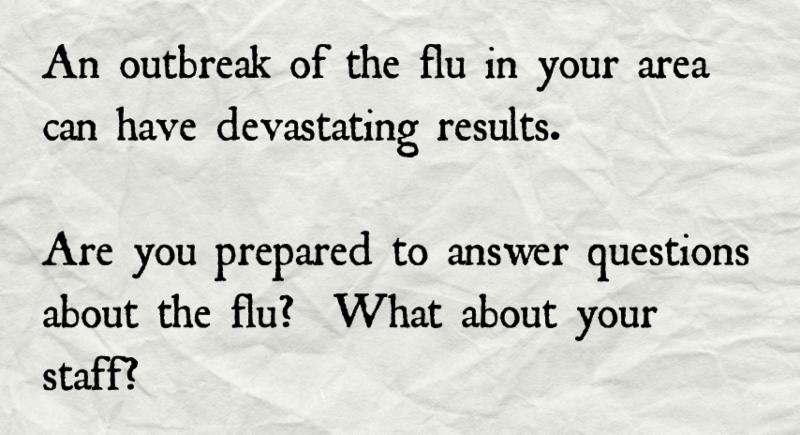 Preventing the Flu: Step One
Preventing the Flu: Step One